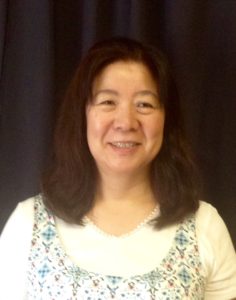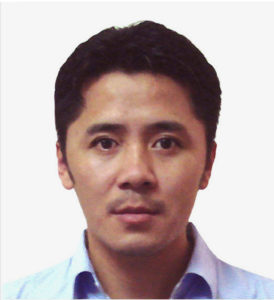Toshiko Omori
ADJUNCT LECTURER IN JAPANESE
Office: Kent 520
Office hours: R 4:00 – 5:00
Teaching hours: TR 5:40 – 6:45
Phone: (212) 854-5500
Email: to2274@columbia.edu
Educational Background
MA: Teaching and Learning, New York University (’99)
BA: Seisen Women’s University (’79)
Classes Taught
JPNS UN1001 Introductory Japanese A
JPNS UN1002 Introductory Japanese B
Research Interests
Japanese Language Pedagogy
Second Language Acquisition
Toshiko Omori has much experience teaching English in Japan and teaching Japanese in the United States and is currently an adjunct Japanese language instructor at Columbia University, New York University, and The New School. She is interested in developing classroom activities at the collegiate level.




